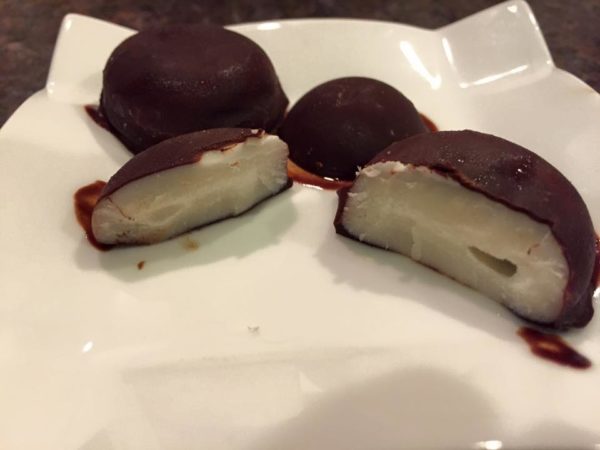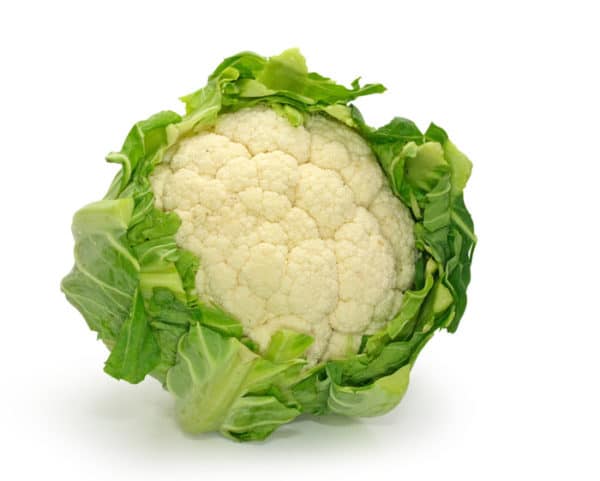

The sad truth is, that no matter how many sit-ups, crunches, bicycles or leg lifts you do, your belly fat will not go away until you change some fundamental things – the foods you put in your mouth , the thoughts you think in your head and the emotions you feel in your heart!
One of my relatives once told me she had six pack abs…except no one could see them because they were covered by fat! She’d been working out for months and her abs were indeed impressively strong. The only problem was, her dietary choices were hiding what could have been a prize winning midline.
Does that mean that ab exercises are of no use? Absolutely not.
Exercise is critical to reducing your girth. Unfortunately it’s not enough. Excess belly fat generally results from a metabolic condition called insulin resistance.
The good news is that insulin resistance responds very well to a COMBINATION of diet, exercise and stress reduction in as little as a week in some cases, and certainly within a month in most cases …if you’re diligent and follow th
If you incorporate a cleanse within that month, you just may speed up the process. …dramatically! I’ve had participants in my seven day green cleanse drop as much as 13 pounds and most experience a noticeable difference in the size of their waistline.
Perhaps you’ve heard the term insulin resistance before; maybe not.
Insulin is a hormone that’s produced by your pancreas in response to an increase in the sugar level in your blood. After you eat a meal, whether it’s a doughnut, a salad or a piece of steak, your blood sugar level increases. Clearly, the doughnut will cause the most dramatic rise in blood sugar. Insulin comes to the rescue, attaches itself to your cell membranes and escorts the sugar into your cells – when everything is working normally, that is. The result is your blood sugar quickly returns to normal, the level it was before you ate. Once the sugar enters your cells, the magic happens and that sugar gets converted into energy so you can exercise, think, work and play. The magic is performed by your mitochondria which reside in each and every cell in your body.
Unfortunately, the picture I painted just doesn’t happen for many people.
Many foods and chemicals damage the insulin receptors on your cells and consistent intake of high sugar and processed carbohydrate foods results in a consistently high level of insulin in your bloodstream, and the insulin receptors get tired out and lose their sensitivity.When your insulin receptors become damaged or overwhelmed, that’s when the sequence of events that expands your midline begins to happen.
Insulin has a job description. Its role is to reduce your blood sugar level to a normal healthy level. When it can’t do its job properly, by escorting the sugar into your cells so you can benefit from it, it turns to a different mechanism for reducing your blood sugar. It converts the sugar to fat and stores it. The particular type of fat it converts the sugar into is called white adipose tissue, which is an easy to retrieve form of fat. Many of the receptors for this type of fat are around your belly. The irony is you eat food, you feel tired and you gain weight. The food can no longer be converted efficiently to fuel for your enjoyment. Bottom line is you feel tired and you gain weight!
Early in the process, many people don’t feel tired, but their organs and glands slow down as a result of insufficient fuel. This can result in symptoms like dry skin, constipation, mild depression, decreased sex drive, skin breakouts and other common complaints resulting from sluggish organ and gland function. If you eat just one doughnut on an irregular basis and your main diet is predominantly whole fresh foods, like salads, vegetables and fruits you are unlikely to develop insulin resistance.
But when you eat processed, high carbohydrate foods regularly, you set yourself up for that roll around the middle you can’t exercise away AND a lot more serious complications, like increased risk of high blood pressure, heart attack, stroke and diabetes. Stress has similar effects because as a result of ear, worry and anxiety, your body secretes the hormone cortisol. Cortisol prepares you for fight or flight. It mobilizes your fat stores and increases your blood sugar so you have the energy to get out of danger.
Unfortunately most of our modern day stresses don’t require us to fight or run away from a hungry tiger, so the extra sugar in the blood triggers insulin and over time, you develop insulin resistance and all the fat that was mobilized from various places in your body gets stored back around your midline. That may be a good idea for protecting your organs from hungry tigers but it does nothing to protect us from the angry boss, rush hour traffic or the demands of parenthood.
So what should you do to get rid of your persistent belly fat?
I take my patients and students through a 5 step process.
1) Decrease your body’s need for insulin by avoiding sugar and processed carbohydrate foods. This includes breads, pasta and crackers, even the whole grain kind.
2) Stop damaging your insulin receptors and teach your cells to become sensitive to insulin once again by avoiding processed fats, chemical additives and artificial flavorings and colorings and by using herbs, specific nutrients, like chromium and magnesium and foods like blueberries and cinnamon.
3) Reduce the antigenic load on your body and decrease inflammation. Certain foods, like gluten and dairy products, can create an immune attack on your insulin receptors and your insulin producing cells.
4) Improve your body’s ability to make growth hormone, which burns fat and increases muscle, vigorous exercise and proper timing of your meals. Avoid eating within three hours of bedtime so you can have a growth hormone surge during the night. If you eat too close to bedtime, you get an influx of insulin, and growth hormone stays away from insulin. It’s also best to space your meals during the day by 4-6 hours to maximize growth hormone and minimize insulin.
5) Manage your stress and avoid cortisol surges. Techniques like Heart Math, The Sedona Method, Yoga, Meditation and Emotional Freedom Technique are very helpful.
MyB4 Be Gone Menu Makeover gives you 30 days of menus and over 250 pages of recipes guaranteed to tickle your taste buds and slim your waistline.
It also comes with a video explaining exactly how to use it and showing you pictures of many of the recipes.
With love and appreciation,
Comment below: What are some of your favorite ways of reducing belly fat?
With love and appreciation,
Dr. Ritamarie
Share this:

Are you feeling stuck?
Do you feel as if something is missing from your practice that's keeping you from delivering breakthrough outcomes for your clients?.
Recent Posts
Our Programs
Nutritional Endocrinology Practitioner Training (NEPT)
The Mastery and Certification tier is our flagship program and provides everything you need to feel confident as a practitioner who knows how to get results that lead to healthy and happy clients.
Functional Assessment Mastery
Explore the relationships between the most important hormones and their relationship with nutrition.
Functional Nutrition Mastery
Learn how to support your clients to eat and supplement in a way that reduces and eliminates chronic symptoms.
Medical Disclaimer: The information on this website is not intended to replace a one-on-one relationship with a qualified health care professional and is not intended as medical advice. It is intended as a sharing of knowledge and information from the research and experience of Dr. Ritamarie Loscalzo, drritamarie.com, and the experts who have contributed. We encourage you to make your own health care decisions based upon your research and in partnership with a qualified health care professional.
Disclosure: Sometimes (but not always), when I share resources in my programs, newsletter, and on my website, I'm using an affiliate link, which means I do make money if you buy. My credibility is extremely important to me; therefore, I only endorse the products, services, and people I believe in. DrRitamarie.com is independently owned and the opinions expressed here are my own.
Click here to see our Privacy Policy.












[…] be following a “happy belly” diet! So I thought this would be a good time to remind people of some of the key foods that are more likely to make their belly UNHAPPY. I’ll also talk a bit about the importance of […]